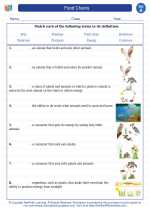Snowy
Snowy weather is a fascinating topic for first graders to explore! Here's a simple study guide to help young learners understand the science of snow and the winter season.
What is Snow?
Snow is frozen water vapor that falls from the sky in the form of white flakes. It forms when the temperature in the atmosphere is below freezing and the water vapor condenses into ice crystals.
How Does Snow Form?
When the temperature in the atmosphere is below freezing, tiny ice crystals form around particles like dust or pollen. These ice crystals then combine to form snowflakes.
Types of Snowflakes
Snowflakes come in many different shapes and sizes. Some are small and simple, while others are large and intricate. Each snowflake is unique, with its own pattern of ice crystals.
Fun Facts About Snow
- Snow is mostly made up of air, with very little water.
- No two snowflakes are exactly alike.
- When snow melts, it becomes water.
- Snow can be used for fun activities like building snowmen and sledding.
Why is Snowy Weather Important?
Snowy weather is important for many reasons. It provides water for plants and animals when it melts in the spring, and it helps to insulate the ground, protecting the roots of plants and trees from the cold.
Understanding snowy weather can help first graders appreciate the beauty and science of winter, while also learning about the water cycle and the importance of precipitation in the natural world.
.◂Science Worksheets and Study Guides First Grade. Food Chains
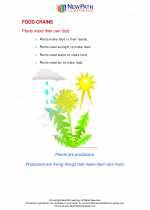
 Activity Lesson
Activity Lesson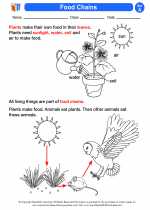
 Worksheet/Answer key
Worksheet/Answer key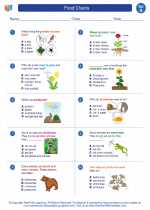
 Worksheet/Answer key
Worksheet/Answer key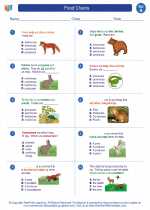
 Worksheet/Answer key
Worksheet/Answer key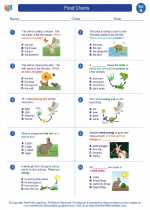
 Worksheet/Answer key
Worksheet/Answer key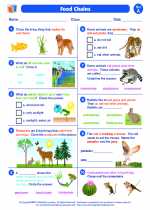
 Vocabulary/Answer key
Vocabulary/Answer key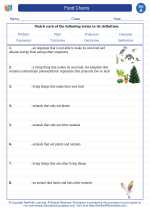
 Vocabulary/Answer key
Vocabulary/Answer key